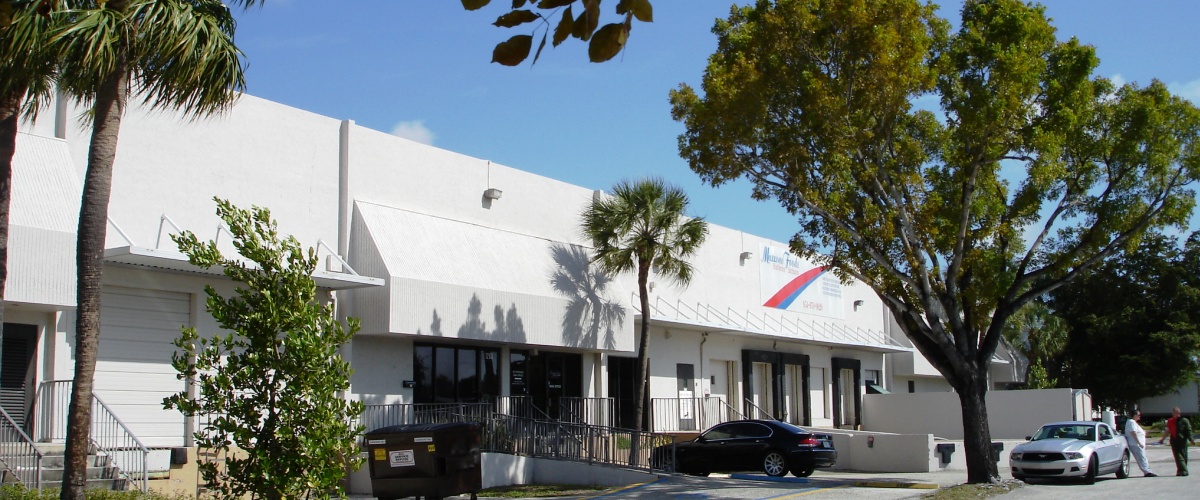As we round the halfway mark of 2022, dynamics are shifting in the commercial real estate investment environment.
Preliminary data from SitusAMC Insight’s second quarter 2022 institutional investor survey shows changing preferences among property segments.
Compared to the previous quarter, the percentage of investors selecting industrial as the best property type over the next year plummeted from 47 percent to 11 percent, citing major concerns that the sector is overpriced. Apartment was the most favored segment among investors; 56 percent of investors ranked apartment as the best sector, up from 21 percent last quarter.
Skyrocketing mortgage rates are putting a crimp in single-family affordability, resulting in strong demand conditions for apartments. Several investors also remarked that apartments were the best inflation hedge among the property types. Retail appears to be making a comeback, with investor preference for the sector climbing to 33 percent from just 11 percent last quarter, citing opportunity for yield plays. Investor sentiment on office, on the other hand, is extremely bearish; no investors selected it as the top property type, with the sector falling from 16 percent in first quarter.
SitusAMC is seeing these sentiment shifts play out in their client work. After so many quarters of seemingly unstoppable growth, the industrial sector is starting to show initial signs of a slowdown, even though fundamentals are still strong. While rents are still growing in most markets and investors are still anticipating widespread above-inflationary rent growth and are underwriting to these assumptions, it is unrealistic to expect another quarter of 8 percent to 12 percent rent growth. Meanwhile, the buyer pool for industrial has been shrinking since the beginning of the year, and some of the larger portfolios are not being financed or traded.
Some Value Deterioration
The value driver for apartments in the second quarter was market rents and rent growth. There is still very strong sales activity, but, as with industrial, there are fewer investors at the table when the bidding reaches the best and final round. Regardless, the fundamentals remain very strong. For the first time in several quarters, low-rise apartments are performing better than garden apartments. Suburban is still outperforming urban, but some urban locations are showing signs of growth.
Investment rates are not decreasing across the board— they are very specific to the assets and the submarket. Gateway markets are lagging but improving. New York is the leader of the gateway markets, and Chicago is seeing improvements in rent growth, which is translating into some value improvement. San Francisco is starting to produce positive indicators as well, and Boston and Seattle are experiencing growth momentum. SitusAMC Insight’s proprietary multifamily affordability indexes indicate improved affordability in gateway markets vs. affordability deterioration in non-gateway metros.
SitusAMC’s retail valuations were slightly up in second quarter. Leasing activity has picked up, with many reflecting short-term mid-pandemic leases that are expiring and being renewed. A couple of large deals involving grocery-anchored centers have signaled very strong cap rates, in the low-to-mid 4 percent range, in strong markets like San Diego and Miami. However, these rates were negotiated at the beginning of the year when the debt markets had not yet changed.
Some SitusAMC clients are repricing their assets down slightly because of the debt market environment. In addition, recent strong retail sales are unlikely to continue as inflation erodes consumers’ disposable income and redirects spending to everyday necessities like gasoline and food. Retail outlets that provide essential goods, such as neighborhood and community centers with grocery anchors, will likely maintain steady income streams. Malls could be hurt by the decline in nonessential spending.
Office values remained relatively flat in the second quarter; most of the increases in values seen were owing to contractual rent increases. Overall office values are skewed, however, by strong growth in life science. SitusAMC is seeing many tenants downsizing. Daily office occupancy is mired around 40 percent, and it might not exceed 60 percent in the long term. There has been a flight to quality as employers try to attract top talent during a tight labor market.
On the bright side, near-term market rent growth has steadily increased over the past year, however, and is getting closer to the standard 3 percent. The strongest growth markets continue to be in the Sun Belt and the suburbs, which are doing better than CBD and gateway markets, but rents are increasing in those areas, as well. There have also been a lot of early renewals—near 10 percent, the highest level since 2015—though this is partly due to leases that expired during the pandemic and were renewed on a short-term basis.
Source: Commercial Property Executive







